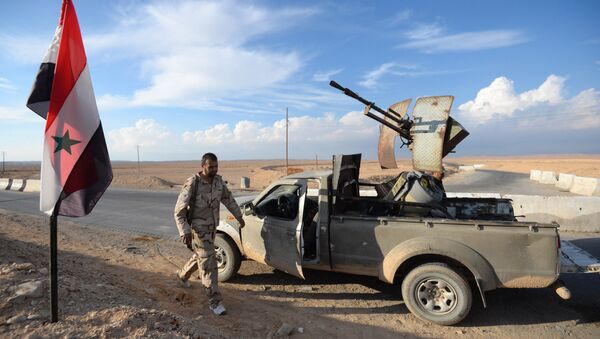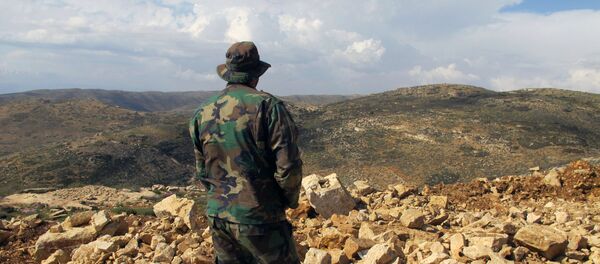The group didn't officially announce their involvement at the time. Hezbollah seemingly entered the conflict to pre-empt attacks by Syrian Islamist rebels on Lebanon. They were the main fighting force at many key fronts, especially near the Syrian-Lebanese border, such as the city of Yabroud. Many Hezbollah fighters and military assets are also stationed in Damascus, defending the Sayyidah Zaynab Mosque, a sacred shrine to Shia Muslims.
In June 2014, Israel's military chief described Hezbollah as having more power than most national armies.
"Show me four or five states with more firepower than Hezbollah: the US, China, Russia, Israel, France and the UK," Israeli army's Chief of Staff Benny Gantz said.
It should be noted that although he only named a few armies (which are more capable than Hezbollah), he did imply that there are others. Nonetheless, Hezbollah is still a very powerful and competent group, and the 2006 Lebanon War stands testament to that.
The organization has been heavily backed by Iran, and to a lesser extent, Syria, allowing them to build a large stockpile of armaments.

Although they have suffered a significant number of casualties as a result of their military operations in Syria, their involvement has benefited them in a number of ways.
Thousands of Hezbollah troops have gained valuable experience by fighting in Syria. The conflict has provided them with an opportunity to try out their weaponry, and develop new strategies. For example, in 2014 they carried out an ambush against the armed opposition, killing around 200 fighters in just a few minutes.
Having real-life practise of organizing and conducting such operations will inevitably increase Hezbollah's competency as a military organization.
Towards the end of November 2016, images were circulating on social media showing Hezbollah parading US armored personnel carriers. The images showed a sizeable quantity of M113 armoured personnel carriers in the city of Al-Qusayr. Prior to these images, Hezbollah was not believed to be in the possession of such military hardware.
#Hezbollah parades around in #US personnel carriers but where did they get them? https://t.co/lWFAmtJ2wd pic.twitter.com/5k3bFtJyRa
— Eli Dror (@edrormba) November 24, 2016
It is believed that they were able to obtain this equipment from either the Lebanese army, or from the Israeli Defence Forces (IDF) during the 2006 Lebanon War. Either way, this development will be to Israel's disliking.
In fact, on November 30, many media outlets reported that Israeli warplanes had attacked 2 targets near Damascus. According to reports, the jets didn't enter Syrian airspace — they carried out the attacks from Lebanese airspace. Hezbollah's media outlet also reported the attacks, and added that there were no casualties. These recent attacks indicate that Israel is growing frustrated by Hezbollah's increasing strength.
#Israel AirForce striking targets of Hezbollah militant groups near a military airport in #Damascus, #Syria pic.twitter.com/EKskQsmQ5D"
— Jim Humbert (@JimHumbert) December 7, 2016
Hezbollah has also benefited in other ways from the conflict in Syria; it has given them a renewed sense of purpose, and allowed them to forge new, and stronger alliances with pro-government forces. They are one of the most able fighting forces in Syria, on or above par with the Syrian Republican Guard, and the Desert Hawks.
#Aleppo | The Desert Hawks Brigade seized the entire Sheikh Sa'eed District after a swift night assault.#Syria #SAA https://t.co/IjYcUwar2T pic.twitter.com/6243Wp23KE
— Shababeek (@Shababeeksouria) December 12, 2016
It is impossible to tell exactly how much power they have gained from the war, but this should become clearer when the conflict reaches its conclusion. Hezbollah's intervention and support has undoubtedly aided the Syrian government, but it can be argued that Hezbollah itself has gained the most from its role in Syria.
The views expressed in this article are solely those of the author and do not necessarily reflect the official position of Sputnik.




